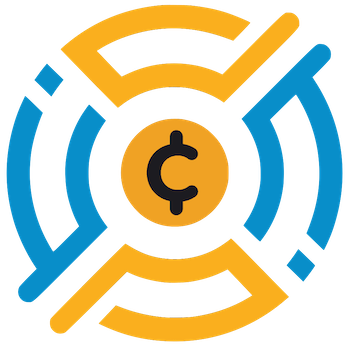Recent developments highlight a momentous shift in the landscape of cryptocurrency and finance in the United States, especially regarding stablecoins. Tether, the largest issuer of the USDT stablecoin, is navigating between international demands and an emerging focus on domestic legislation, specifically the GENIUS Act aimed at creating a robust framework for stablecoins in the U.S. Paolo Ardoino, Tether’s CEO, has made it clear that the company is not just passive in this evolving narrative; they are actively seeking ways to adapt and thrive within the bounds of this regulatory framework.
The U.S. financial landscape is complex and multifaceted, and Tether recognizes that a one-size-fits-all approach does not resonate in such a diverse ecosystem. Tether’s move towards developing a domestic stablecoin signifies not only an attempt to comply with impending regulations but also a strategic pivot to cater to the nuanced needs of American users versus those in emerging markets.
A Market Distrustful of Tradition
At the heart of Tether’s philosophy lies the staggering statistic that 1.4 billion adults globally are still unbanked, with a significant portion in emerging economies. These individuals depend on cryptocurrencies like USDT not merely for convenience but as a lifeline, a means to preserve value in the face of volatile local currencies and unreliable financial systems.
Interestingly, this demographic contrasts starkly with the average American consumer, who has access to numerous payment options, from credit cards to apps like Venmo. Ardoino states that in the U.S., stablecoins may not be optimal for improving efficiency in payments, a sentiment echoed by many who criticize the over-regulation of a sector that flourishes through innovation.
This brings us to a critical question: Are we stifling innovation in the U.S. by being overly cautious? Ardoino’s assertion that Tether’s U.S. stablecoin will have a “different feature set” highlights an acknowledgment of this reality, underscoring the need for regulatory frameworks that facilitate innovation rather than hinder it.
A Temporary Solution or a Long-Term Strategy?
The creation of a domestic stablecoin seems to be a calculated move by Tether. Ardoino’s confidence in Tether’s ability to comply with U.S. regulations, particularly those outlined in the GENIUS Act, underscores a broader ambition. While the Act may promise regulatory clarity and an impetus for innovation, it remains to be seen whether it serves as a mere stopgap or lays a genuine foundation for long-lasting reform in the stablecoin market.
The contrasting requirements between U.S. regulations and Europe’s MiCA regulations exemplify a broader global struggle: the balancing act of ensuring consumer protection while fostering a culture of innovation. Ardoino plainly describes the European framework as a ‘bad idea,’ emphasizing that Tether’s strategic vision is deeply rooted in the pragmatic needs of its users, not only in terms of compliance but in the broader economic benefits of using stablecoins as a viable alternative to traditional banking.
Genuine Innovation vs. Regulatory Overreach
The crux of Tether’s forthcoming actions hinges on a fundamental question: Can we strike a balance between security and innovation? Ardoino views the GENIUS Act as a potential leap forward—the proactive digital engagement needed to foster a competitive landscape for U.S. stablecoins. Yet, there’s a palpable concern that excessive regulatory oversight could slow down progress at a critical time when technology is evolving at an unprecedented pace.
Tether’s commitment to transparent reserves and compliance is commendable. However, it raises the prospect of whether U.S.-based regulations will pave the way for a more robust cryptocurrency landscape or simply create another layer of bureaucracy that stifles technological advances.
A Call to Action for Regulators
Ultimately, Ardoino’s sentiments lay bare the urgent need for U.S. regulators to reconsider their stance on stablecoins and cryptocurrency at large. With a focus on enhancing efficiency and accessibility for underserved populations, it is imperative that the regulatory environment does not repeat past mistakes of missed opportunities.
As Tether gears up for its U.S. stablecoin launch, all eyes will be on how the GENIUS Act shapes the dynamics of this fast-evolving market. The act could serve as a beacon for not only Tether but all international stablecoin issuers aiming to operate under the watchful eye of U.S. regulation. The future of digital currency in America hangs in the balance, hinging on regulators’ willingness to embrace innovation responsibly.














